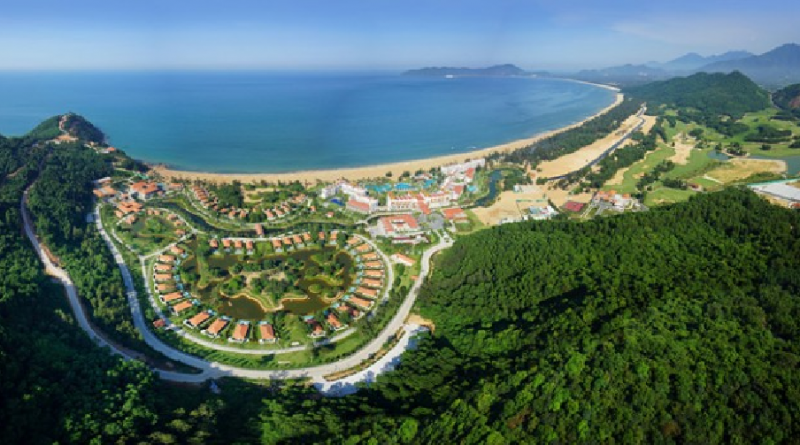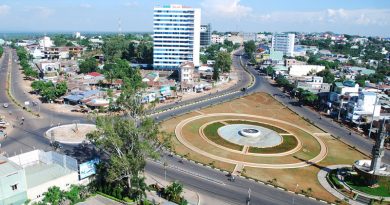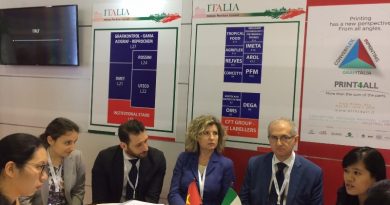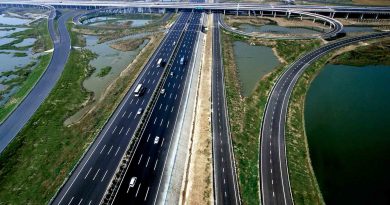Thừa Thiên-Huế receives $332m of investment
Central Thừa Thiên-Huế Province yesterday granted 16 investment certificates with total investment of nearly VNĐ7.5 trillion (US$332 million) and signed six co-operation agreements with partners.
The Bank for Investment and Development of Việt Nam (BIDV) agreed to provide VNĐ7 billion to implement the locality’s tourism plans.
The bank also inked agreements and contracts in principle to provide credit capital amounting to VNĐ4.5 trillion for seven projects.
The moves come after conference to promote investment in the province held yesterday, with Deputy Prime Minister Vương Đình Huệ and more than 500 representatives from international and domestic businesses attending.
Speaking at the conference, Deputy PM Huệ said that the province still had room for development.
He asked provincial leaders to make clearer policies to call for investment and make lists of projects that needed private investors.
He urged the province to develop tourism into its spearhead economy, suggesting tapping the tourism potential based on market economic principles, as well as building special mechanisms to uphold local heritages and boost public-private partnership in relic restoration and upgrades.
Deputy PM Huệ reminded local leaders of the then Prime Minister’s decision to turn Tam Giang-Cầu Hai Lagoon into an ecosystem tourism site.
He said that the decision was issued in 2009, but since then, the region had not received much attention.
He also suggested holding more thematic discussions on the development of the Chân Mây – Lăng Cô economic zone and the Tam Giang-Cầu Hai lagoon to attract more investment.
Nguyễn Văn Cao, chairman of local People’s Committee said that the province picked tourism, hi-tech industry and hi-tech agriculture as strategic sectors to boost the economy.
In tourism, the province has diverse potential that no other localities in the country could compete with, including a complete set of imperial monuments and culture of the Nguyễn Dynasty (1802-1945) and great natural landscapes. But local authorities have struggled to exploit this potential.
Cao said the province will give priority to developing Huế into a “heritage” city with a high-class well-being and resort area, deserving its tourism trademark: “One destination – Five heritages”.
The chairman said that provincial leaders would create a favourable investment environment and were ready to meet enterprises and investors to receive complaints and tackle difficulties during the investment process.
BIDV chairman Trần Bắc Hà affirmed the bank’s commitment to supporting the province in its social-economic development plan for 2016-2018, focusing on industry, trade and service, and high-tech agriculture.
Hà also committed loans for economic planning. “The locality has strong natural potential, local authorities should have good planning for tourism, services and healthcare to make these key economic sectors,” he said.
According to him, the province has 590 businesses but they all have low financial and competitive capacity, with 55 per cent of them having total capital of less than VNĐ5 billion ($225,000) with the remainder having lower than VNĐ1 billion ($45,000).
The province had a low proportion of foreign investment as well, he said.
The province has strong potential in tourism, education and healthcare, but it is weak in industry and agriculture due to its topography, weather and labour force.
Participants at the conference said vision from local authorities would be the key to improving the province’s lackluster economy.
“The key to attracting investment doesn’t come from land sources but commitment from local authorities. Their vision will change the investment environment,” said Nguyễn Văn Trung, Deputy Minister of Planning and Investment.
Trung said that development projects that overuse natural resources have gone out of fashion.
Source: VNS







